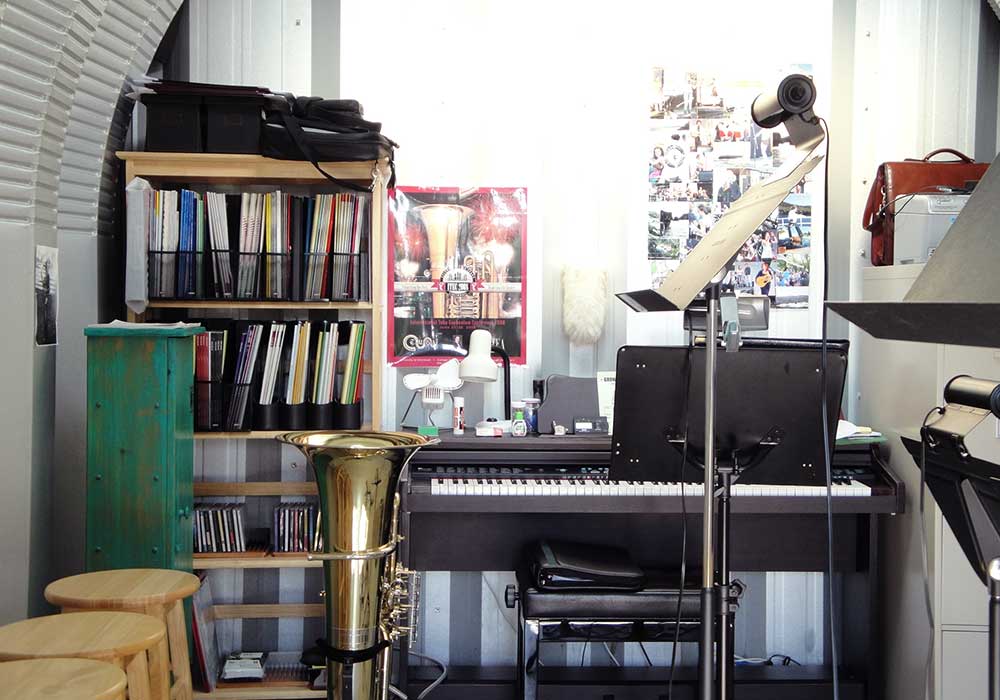What’s New
Well, after an admittedly cold and wet spring, summer has once again arrived on the north shore of Lake Ontario. As always, I would like to take the opportunity to thank all the parents and children who have once again made the past year in my studio so successful.
One of the pleasures involved in running a teaching studio is the possibility it affords of watching young children gradually grow into competent players. I have been fortunate to have had a number of students, who, having started the violin at a very early age, have progressed to the point of becoming capable of playing advanced music. So this year I decided to showcase their talents…..
But let’s back up for a moment and consider the problem of recitals in general. If the studio includes ensemble playing, as mine does, then the problem of selecting repertory must be dealt with. At the very beginning levels of violin playing, this is not a problem. Although the playing capabilities may be very restricted, many elementary violin methods, for example both the ABCs of Violin by Janice Tucker Rhoda and the ever-popular Suzuki method make available orchestral or group arrangements of the materials used in the method books themselves. In addition, the Rubank Ensemble for Strings series is a very valuable resource for early players. Moving beyond this basic level, we have some great material in the Early Classics series, edited by C. Paul Herfurth, and published by the Boston Music Company. (In fact, we performed twelve numbers from this collection in our spring recital, interpreted by my less experienced group). Besides being very capably arranged, all Herfurth collections feature a wide variety of materials, and perhaps even more importantly, the parts for the inner voices- second violin and viola- are well thought out and interesting to play (and dealing with wooden, neglected inner parts is one of the very tough slogs of ensemble playing). Next up the ladder, in terms of complexity, we have the work of Sheila Nelson. The two volumes that comprise her Quartet Club contain a variety of Baroque, Classical and Romantic works, spiced up with selections of ragtime, folk music, etc.
So far, we have been considering standard music from main stream publishers, as used in any violin studio. Here is where I like to go off script, and raid that great treasure house of printed music, the EMB (Budapest Music Editions) of Hungary. EMB makes available to us such varied fare as seventeenth-century dances, symphonies, passacaglia, and ritornelli by almost-forgotten late Renaissance/early Baroque composers as H. Schutz, Biagio Marini, G.B. Lully, G.B. Vitalli, and of course, that flower of early English music, Henry Purcell (who will never be forgotten!)
Although I tend to plan the recitals along the traditional lines of older to newer music, for variety- and to get away from strictly composed music- I like to add some lighter material towards the end of the recital. The Barenreiter Editions (from Kassel in central Germany) are a great resource in this respect, and over the years we have performed music from their Irish Fiddle Tunes, Indian Chants, Tangos, and Cowboy Songs, as well as the ever-popular Mexican Hat Dance.
However, it is at this point that we leave behind music specially prepared for teaching, and begin to make use of “actual” scores, i.e., music written by composers for general audiences. We have performed a lot of this over the years; in particular we have made a point of introducing new music that I have commissioned from Canadian composers. And so it came about that this year I decided we would play a Mozart string quartet, I chose Number 20 in D Major, the so-called Hoffmeister Quartet, originally published in a stand-alone edition in 1786, when Mozart was thirty years old. (I know it sounds odd to call something a later work when it was written by a thirty-year old, but we have to keep in mind how young Mozart was when he died.) Be that as it may, I wanted one of the later works, for the delicacy of touch and suppleness of the lines I feel they contain (well, all of Mozart’s work, really). In addition, as with all of Mozart’s part writing, the inner voices are no less beautifully composed those the first violin or ‘cello lines. I did have some reservations about the choice of piece, however, especially concerning the second violin part. Consisting of line after line of Alberti-style arpeggios, I can think of few more physically demanding entries in the quartet literature. However, my three teenaged players tossed it off like real pros- must be those supple young left wrists!
In any event, the quartet was very nicely performed, and it has me already thinking about what we will do next spring.
A great summer to all from Violin Lessons Northumberland!

